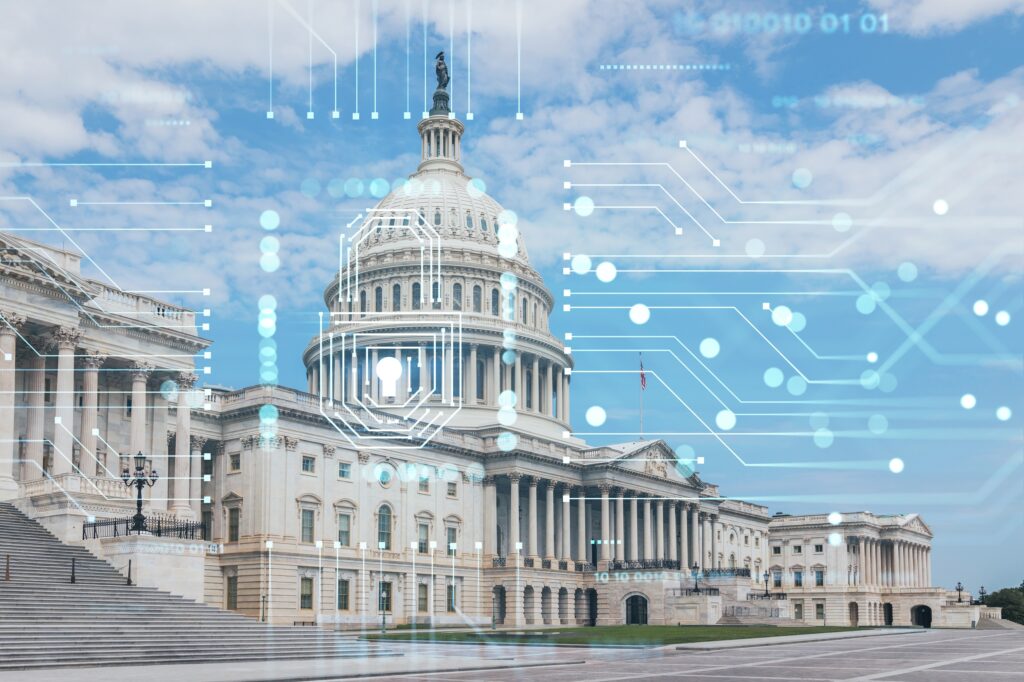California Legislature should be cautious about disrupting the ridesharing balance
Mandated under the 2014 legislation that created the regulatory framework for ridesharing in the Golden State, the study evaluates whether the types of coverage mandated for TNCs and the policy limits required during the various phases of TNC operation have been effective. Overall, the results are encouraging. Fully 97 percent of claims filed in TNC-related incidents have been fully covered by the policy limits currently prescribed by law. The study also concludes that virtually all TNCs maintain coverages on their drivers beyond those mandated by law.
However, the CDI and CPUC also highlight reasons for concern. The regulators believe the absolute dollar value of coverage carried by TNCs is insufficient. While the vast majority of claims are covered by the current system, existing policies do not always adequately cover all claims that fall in the most severe 3 percent of cases. Unsurprisingly, most of those cases arise when a rider is in the vehicle with the driver, which is referred to as “Period 3” under the laws.
The regulators also point to potential coverage gaps when TNCs fail to purchase optional coverages like comprehensive and collision, uninsured and underinsured motorist coverage and medical payments coverage, though the report does note that most TNCs voluntarily provide some of these coverages, like comprehensive and collision. Policymakers now must decide whether raising minimum coverage limits or compelling additional coverages to accommodate this small number of very large claims would be worth the price increases such rule changes would force onto the market.
The answer should be an obvious no.
The current system balances the cost of insurance and protection for riders and drivers with the benefits that TNCs provide to society, and the end result is that virtually all claims are fully covered. The proliferation of TNCs has created an avenue for affordable transportation, led to decreased DUIs, offered alternatives for non-emergency medical transportation and allowed many to forego vehicle ownership altogether.
It also has created economic opportunity for thousands. One of the great benefits of TNCs is that the barriers to entry are relatively low for those in search of work. Driving for a TNC can create an immediate income stream. This is vital in an economy in which onerous and unnecessary occupational licensing rules effectively close off entire sectors of the job market for those with limited means or who have come through the criminal justice system.
Disrupting the balance lawmakers struck in 2014 risks making life worse for countless consumers and drivers. California’s carefully crafted law has proven a model for the entire nation. It would be a shame if the state that pioneered effective light-touch rules that allowed a disruptive new business model to grow and thrive were to just carelessly toss it all away.








